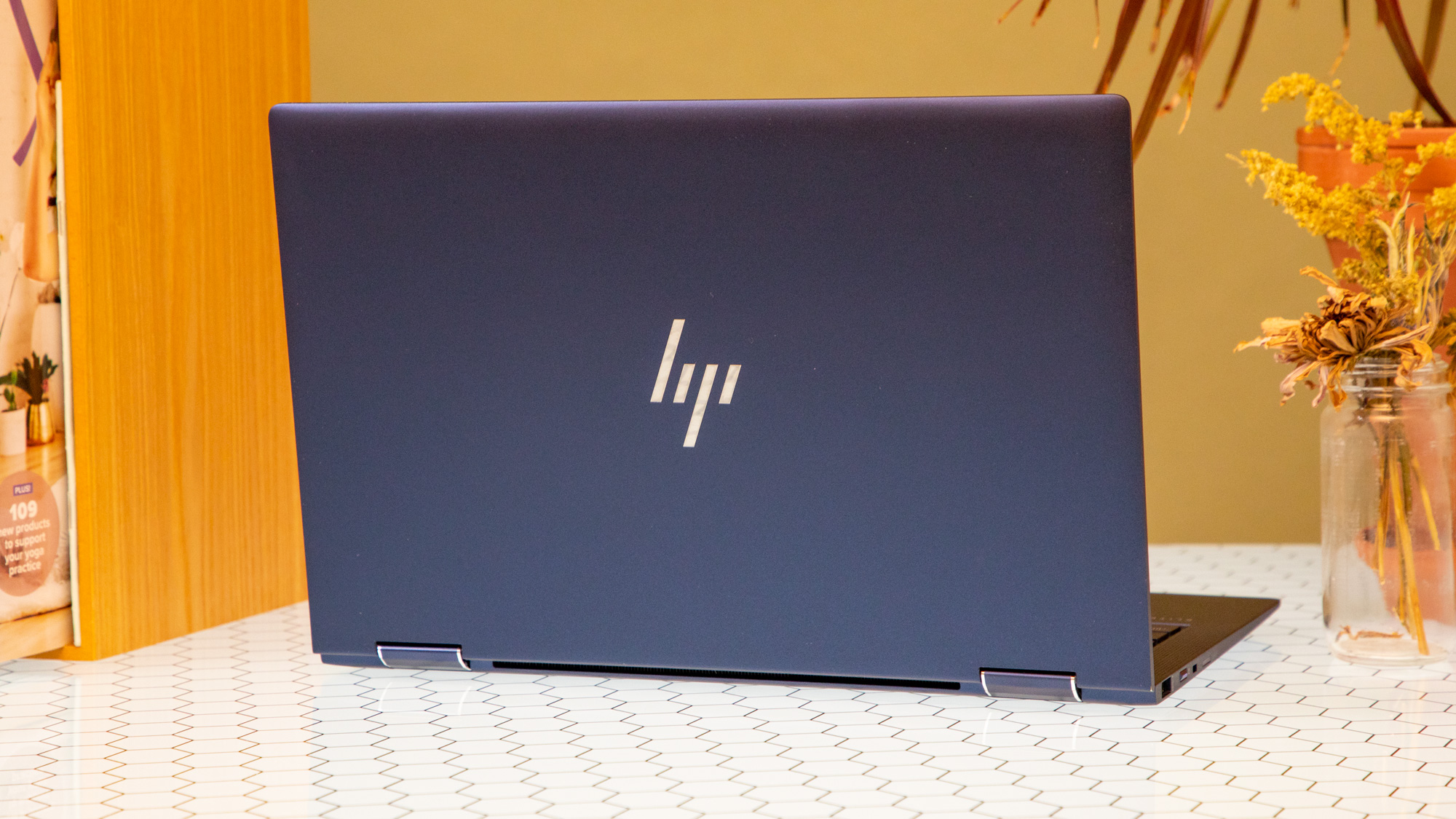Blood, sweat and beers — 7 lessons I learned from building my first ebike
In the confines of a small apartment
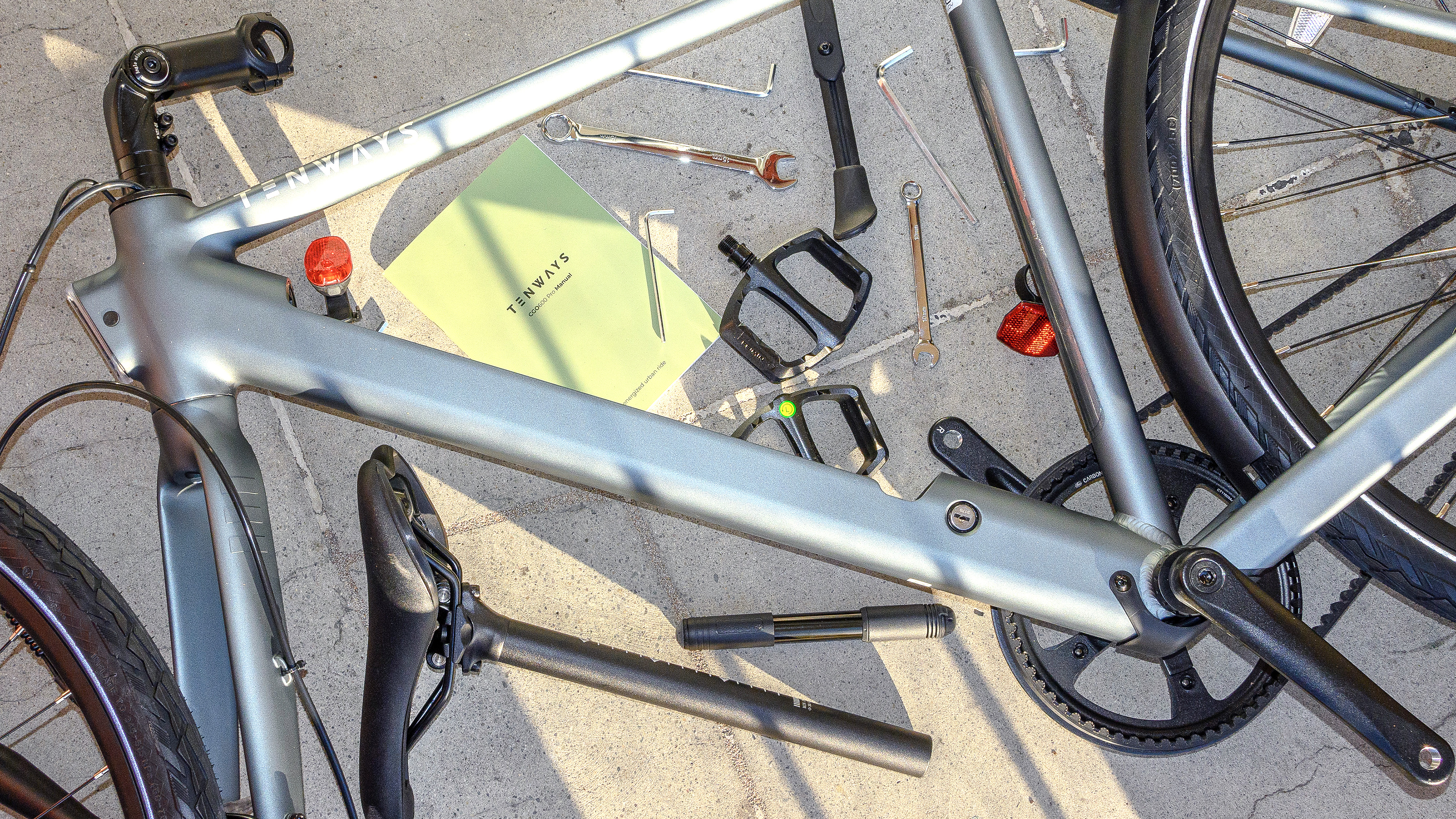
How hard is it to assemble an electric bike at home? I recently found out when a rather large box arrived at my apartment containing the Tenways CGO600 Pro, a $1,700 single-speed ebike boasting 53 miles of range, a carbon belt drive, hydraulic disc brakes and a relatively lightweight design (37 pounds).
I consider myself to be fairly mechanically-inclined. As an avid cyclist, I often perform routine maintenance on my own bikes, from tire changes to chain cleanings to swapping out worn brake pads. I've even assembled a single-speed (analog) bike from its box, with only minor professional intervention.
Admittedly, though, the prospect of assembling an ebike from its box made me a tad nervous. From my experience, bikes often get bumped around in transit and sometimes arrive with wheels that are out of true — where they wobble as they spin, sort of like a round Pringle — which is not something I'm comfortable fixing, nor are bent parts or hydraulic brake line assemblies.

However, with the encouragement of TG's resident ebike expert (and my boss), Mike Prospero, I busted out my tool kit, donned my 'safety goggles' — oversized sunglasses — turned up the 80s punk rock playlist, and got to work unboxing and assembling the Tenways CGO600 Pro ebike on my apartment balcony.
Ultimately, it took me just shy of four hours to put everything together, though, one of those hours was spent trying to address an early and demoralizing roadblock, which you can read about after the jump (lesson #3). During that time, blood was shed, sweat was dripped and a couple of cold beverages were enjoyed.
With the somewhat tumultuous experience behind me, a shiny new ebike beside me and my achy/cut-up hands starting to heal, these are the seven most important lessons I learned from building my first ebike at home.
1. Start your build early in the day and take breaks
I started the building process around 4:30 pm, confident I'd have everything put together and ready to go long before the sunset at 7:30 pm. I was wrong. In retrospect, I should've started assembly in the morning and padded in more breaks throughout the process.
Regarding the latter, it's easy to get tunnel vision when you're overwhelmed by something like a faulty bolt, or slightly convoluted instructions, which can lead to mistakes. My advice is: Don't get too sucked into the build. More importantly, walk away when you're not having fun. The bike will be there when you return.
2. Ensure you have enough space to work
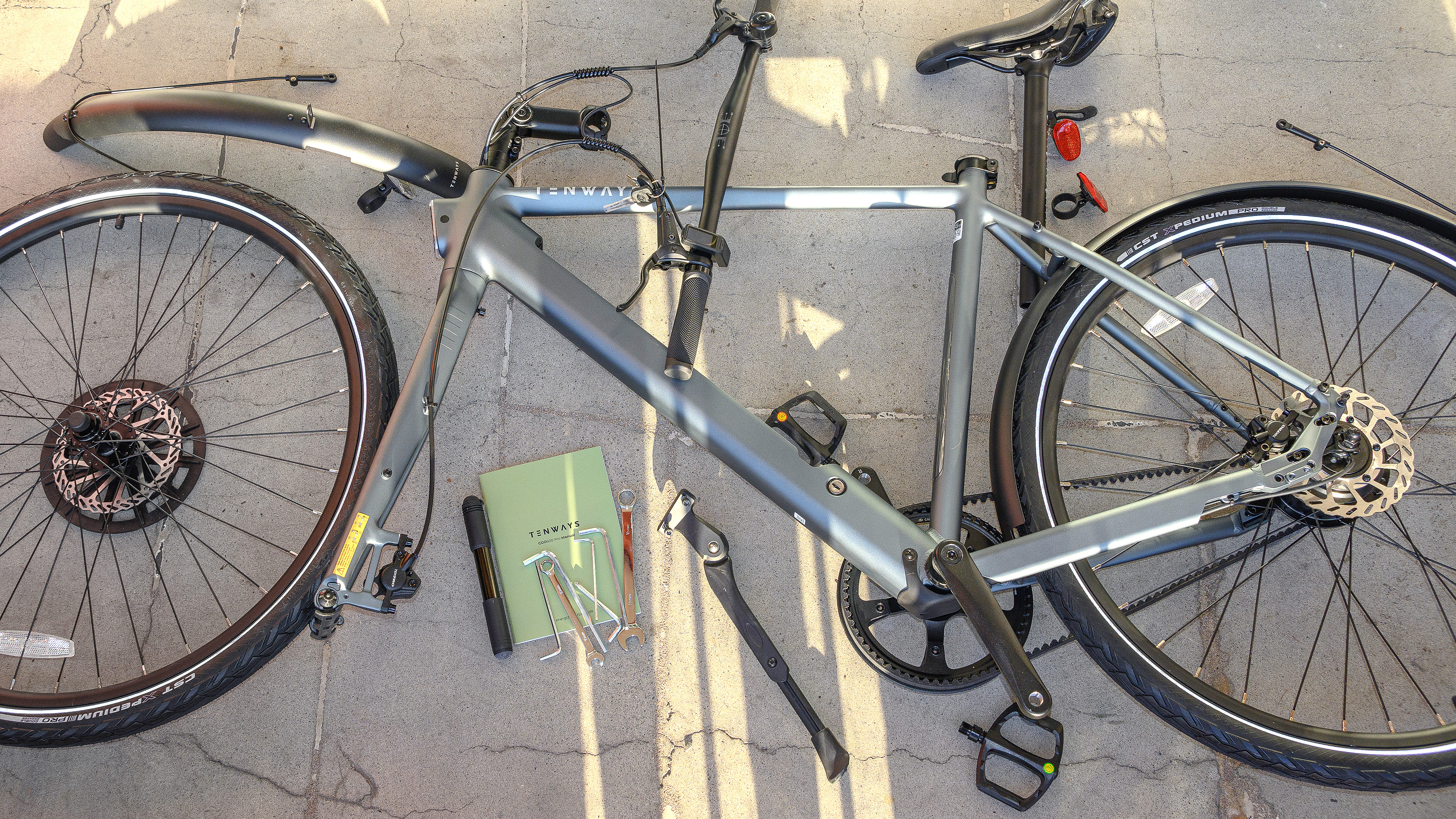
With limited indoor space to work with, I opted to build the Tenways ebike on my balcony, which is just wide enough to fit the five-foot-long box it shipped in. You'll want at least a five-by-ten-foot space, ideally with a wall to lean the bike up against while you build it.
It's also a good idea to throw down some towels or mats to protect both the bike from scuffs and your work surface. Cardboard also works. Lighting is another consideration. I chose to work outside by (mostly) sunlight.
If you opt to build an ebike inside, make sure you have enough illumination. There are a lot of small details both in the directions and on the bike itself to be mindful of. A quality headlamp may be your friend here.
3. Do not over-tighten or force included hardware
I can not stress this enough, do not, under any circumstances, force stubborn screws or bolts. The first bolt I tried to install ended up snapping as I tightened it, leaving me with a headless nub. This was while attaching the rear mudguard, and I'm not sure if the issue was a faulty bolt or wonky threading in the bike frame, but I spent an entire hour trying to remove the damn thing.
I was not successful. Fortunately, the mudguard arms are adjustable — something I wish I had realized sooner — and I was able to extend each arm a bit further to affix them to a different mounting point.
By the way, Tenways didn't include extra hardware. Thankfully, some of the mounting points on the frame for additional accessories have a bolt you can borrow in a pinch if you lose/break one.
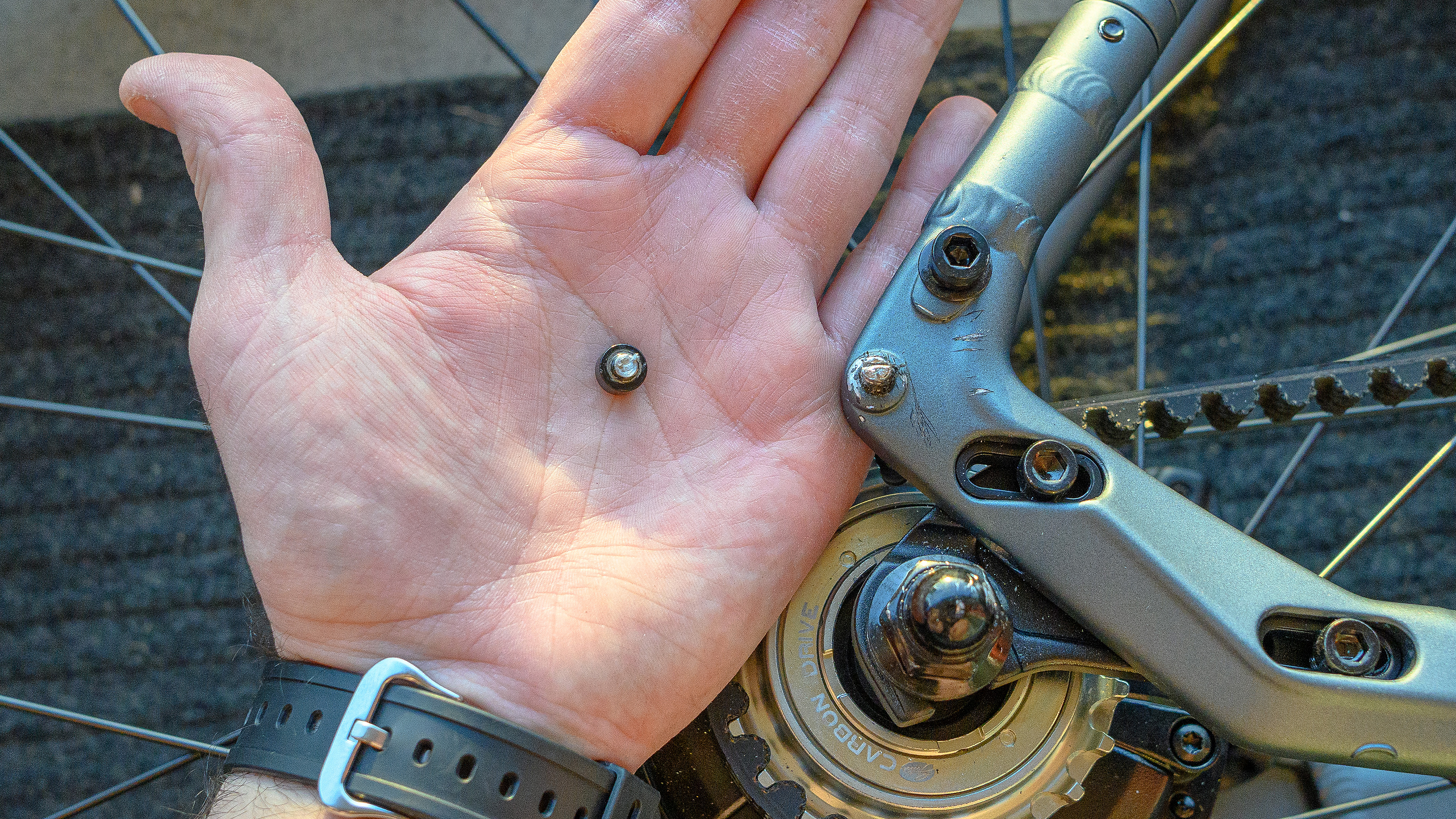
4. Wear gloves
I tore up my hands pretty good assembling this bad boy. At one point, while trying to dislodge the aforementioned bolt nub, a small cut began gushing large qualities of blood all over the bike frame, requiring a momentary pause in work and the use of several Band-Aids. Protect your paws. Wear gloves.
5. Invest in a bike pump and required tools prior
The Tenways CGO600 Pro came with a small, rudimentary bike pump for initial inflation, which I quickly tossed aside. Reaching the recommended PSI with a puny travel pump is nobody's idea of a good time. Unless of course you're Arnold and it's arm day.
Along with a solid bike helmet and one of the best bike locks, a decent bike bump should top your list of must-have ebike accessories, and ideally be acquired before your new bike arrives. You can expect to spend between $50 and $100 for one that will last the long haul.
Similarly, research what tools you'll need and have them ready to go. With Tenways, all the necessary tools were included in the box, and unlike the pump, they are of high enough quality to get the job done.
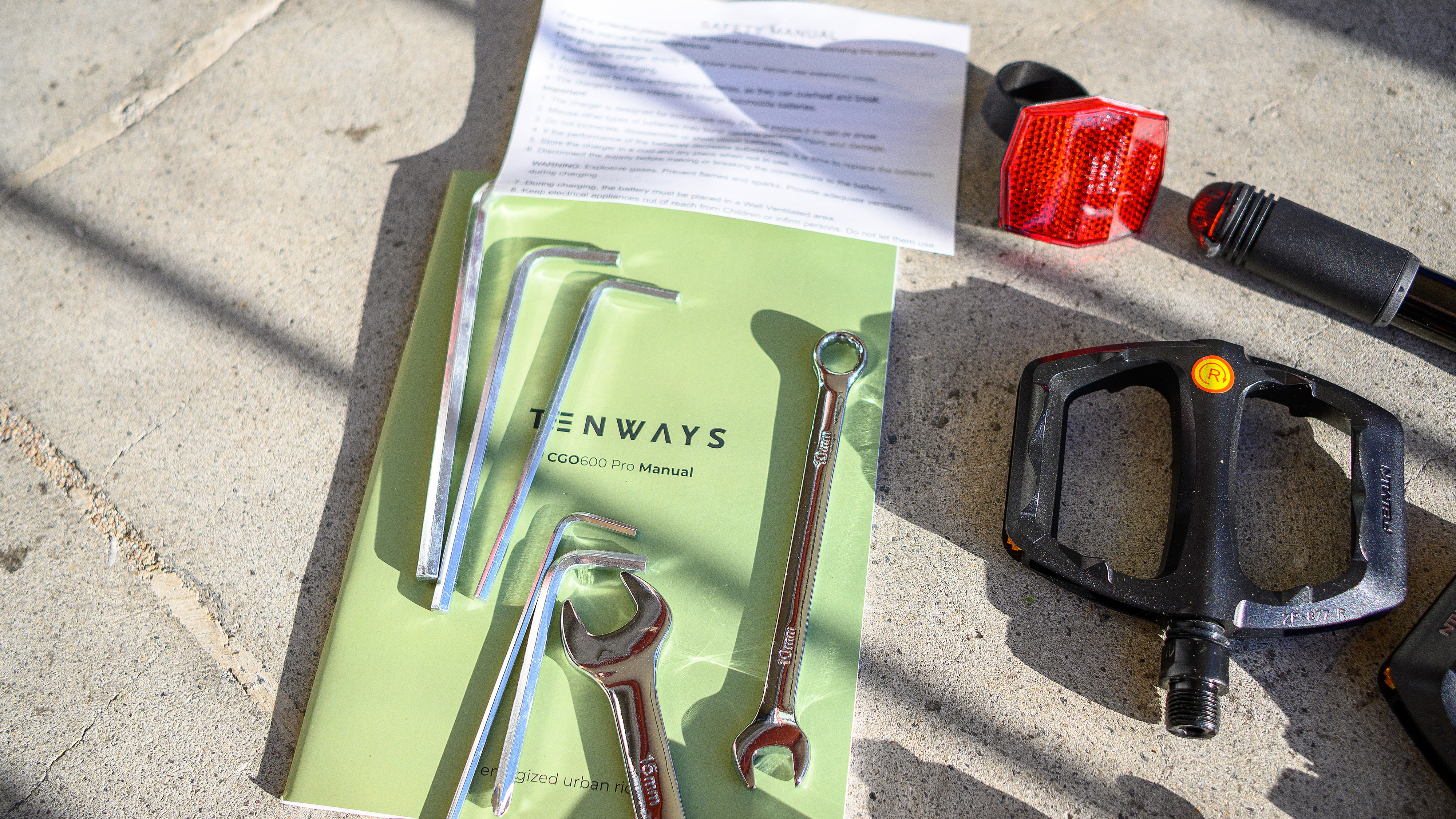
6. A second set of hands (or repair stand) is useful
I built the Tenways ebike with just the company of my 20-pound dog, who wasn't much help. While construction was clearly doable on my own, there were a couple of times when a second set of hands would've been useful. Alternatively, a bike repair work stand, something I don't currently own but may invest in, would also probably do the trick.
7. You may still need to swing by a bike shop
When all is said and done, there's still a good chance you'll need to swing by a bike shop to diagnose and/or address small issues you encounter as you ride your new ebike.
For instance, my maiden voyage with the Tenways CGO600 Pro ebike went quite smoothly: it handles well, the brakes work great, the ride is smooth, and everything feels premium quality.
However, I have noticed a small popping sound as I pedal. It's not super-concerning but I also can't figure out what's causing it. So, before I take any big bike rides, I'll definitely roll by my neighborhood shop for a set of eyes and ears on the issue.
Building my first ebike – final thoughts
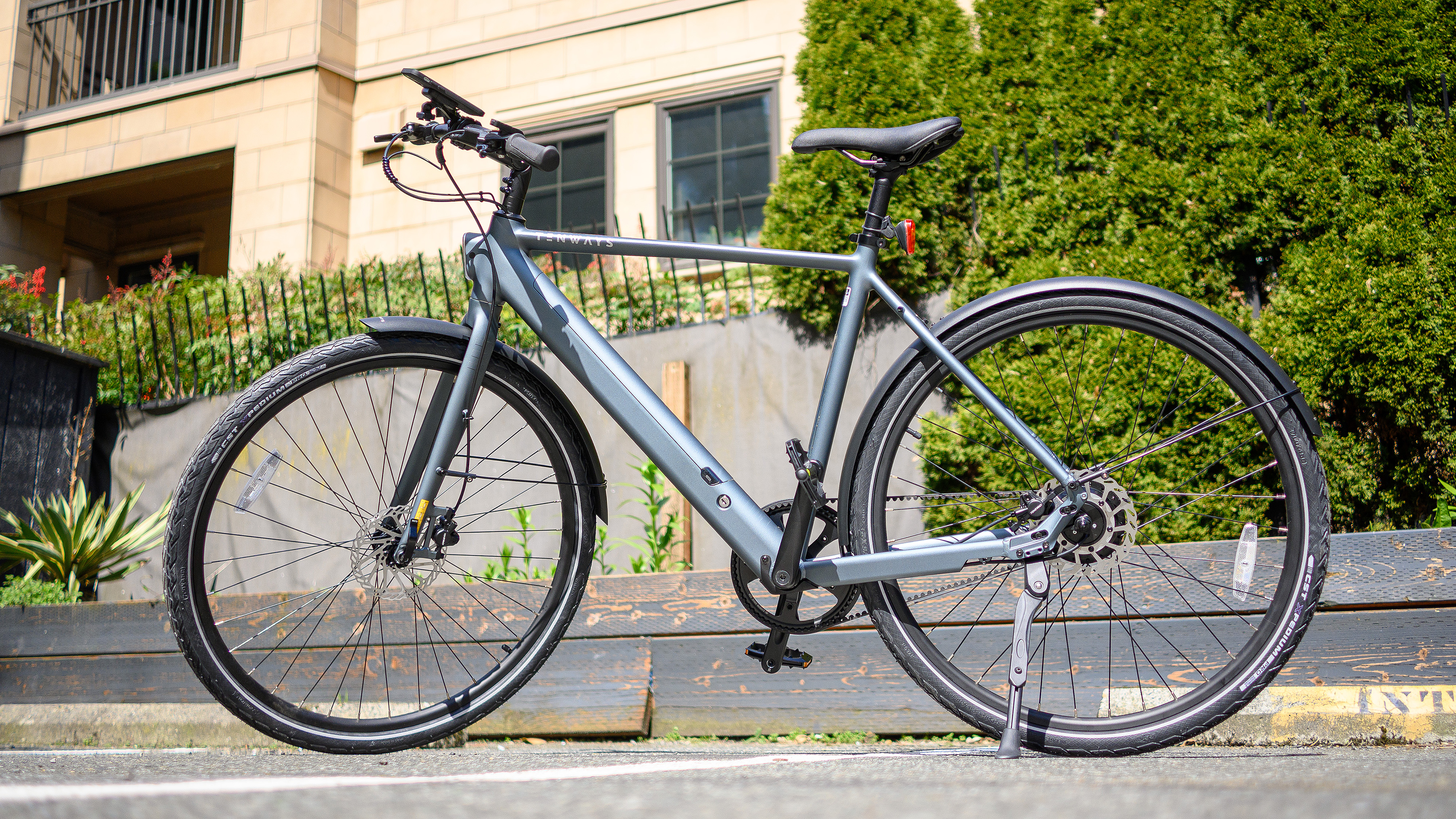
There you have it, the seven most significant lessons I learned assembling the Tenways CGO600 Pro ebike. Would I do it again? Likely not any time soon. That said, I now feel a bit more confident in my ebike-building capabilities, even if all I did was tighten bolts and screws.
I'm also seriously impressed with Tenways' packing job: the CGO600 Pro arrived with its wheels in-true, brake lines fully assembled and no visible damage to any parts. Sure, the construction had hiccups, the directions could've been better quality and extra hardware would've been nice, but ultimately, the ebike's assembly was doable.
More from Tom's Guide:
Sign up to get the BEST of Tom's Guide direct to your inbox.
Get instant access to breaking news, the hottest reviews, great deals and helpful tips.

Dan Bracaglia is the Tom’s Guide editorial lead for all things smartwatches, fitness trackers and outdoor gear. With 15 years of experience as a consumer technology journalist testing everything from Oura Rings to instant cameras, Dan is deeply passionate about helping readers save money and make informed purchasing decisions. In the past year alone, Dan has assessed major product releases from the likes of Apple, Garmin, Google, Samsung, Polar and many others.
An avid outdoor adventurer, Dan is based in the U.S. Pacific Northwest where he takes advantage of the beautiful surroundings every chance he gets. A lover of kayaking, hiking, swimming, biking, snowboarding and exploring, he also makes every effort to combine his day job with his passions. When not assessing the sleep tracking and heart rate accuracy of the latest tach gadgets, you can find him photographing Seattle’s vibrant underground music community.
